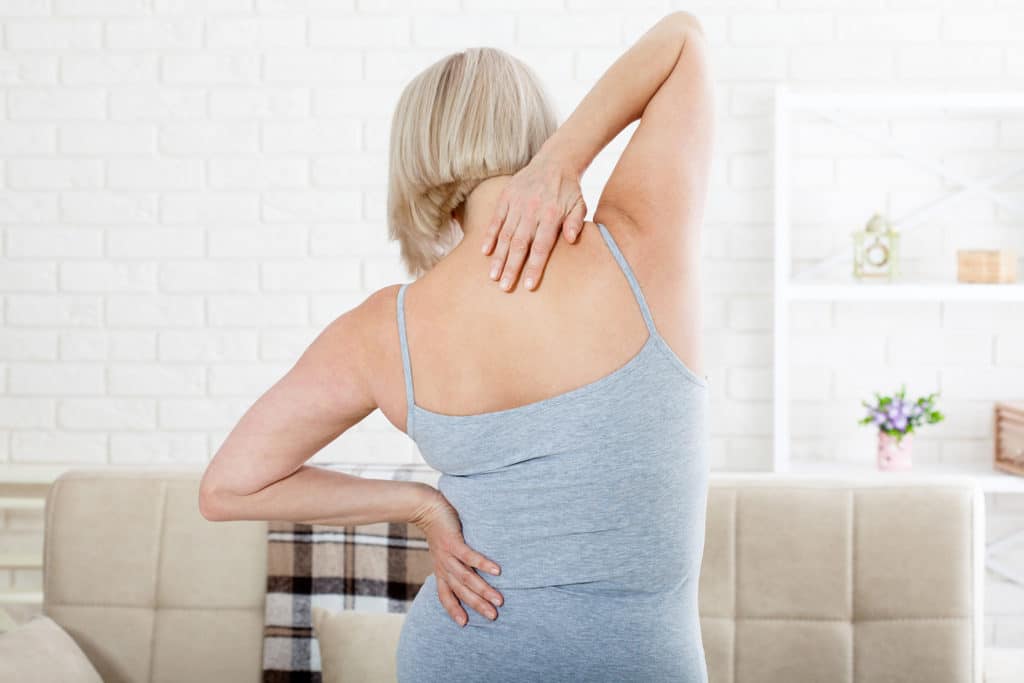Tension in Muscles
Symptoms in Detail
A feeling of increased muscle tension or pain may not be due to your workout but a result of hormonal fluctuation.

What causes muscle tension?
One of estrogen’s roles is to regulate the stress hormone cortisol so as estrogen declines during menopause cortisol increases. In addition, we have lower progesterone levels which drop significantly in our 30s – progesterone is often called ‘Nature’s Valium. The lower estrogen also means we don’t utilise magnesium as well which is notable because it plays a key role in the contraction and relaxation of muscles. Put the three together – low estrogen, progesterone and magnesium and high cortisol for an extended period of time and it creates a perfect storm for muscle tension and cramping.
What can you do to help ease this symptom?
You need more magnesium and some aids for your estrogen and progesterone levels. 55+ is ideal for you (the numeric names are a guideline only) because it contains EstroG-100™ for hormone balance with added magnesium. You could also try adding a topical progesterone cream or Vitex (chaste tree) to your regime.
Know the 34 symptoms of menopause
Here are all of the documented symptoms of menopause you need to look out for:
Physical Symptoms
- Incontinence
- Changes in Body Odour
- Bouts of Rapid Heart Beat
- Breast Pain
- Headaches
- Joint Pain
- Itchy Skin
- Burning Mouth Syndrome
- Electric Shock Sensation
- Digestive Problems
- Gum Problems
- Increased Tension in Muscles
- Formication - Crawly Skin
- Paresthesia - Numbness in Hands and Feet
- Osteoporosis - After Several Years






